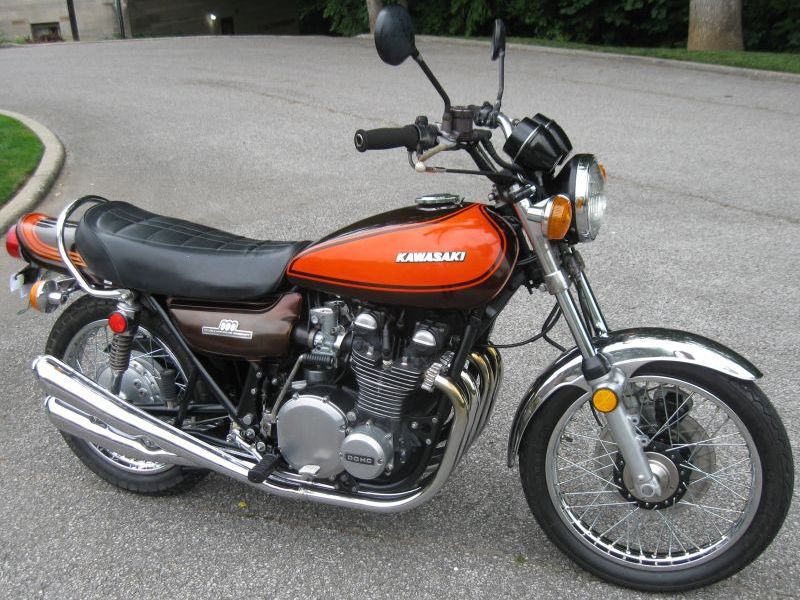here's a poor mans method of checking torque wrench accuracy, someone told me about this awhile back but here it is copied from a post from another site
How to perform your own torque wrench calibration testing
It doesn’t make much sense to take an inexpensive consumer grade torque wrench to a metrology lab for testing. The cost of the wrench just doesn’t justify the expense. But you have to know how accurate your wrenches are to have any confidence in your work.
Fortunately, it is actually quite easy to verify accuracy right on your own work bench at home. And your results can be just as accurate as anything done in a lab.
How to Calibrate a Torque Wrench
Tools needed:
1. A heavy duty vise and a sturdy work bench. The size and quality of the vise will depend on how high your torque wrench reads. A ½†250 lb.ft. torque wrench will need a heavy duty vise with strong jaws. It will also require that the vise be mounted to a sturdy work surface.
2.Weights. I used pieces of bar steel, but barbell weights are perfect. The exact weight doesn’t matter. What does matter is getting weights that will allow you to test the wrench in the normal range that you use it. You can test at only one weight, but if you want to check consistency, get 2 or 3 of them and stack them. As a general guide, if you have a 3/8†and 1/2†wrench like I do, weights in the range of 20 to 55 lbs will suffice.
3.String or bailing wire to hang the weights from the torque wrench.
4.A method to weigh your weights. Stop by your local UPS store or the post office as ask them if they can weigh them for you. Don’t rely on a bathroom scale. They are too inaccurate and you will just be wasting your time. If you permanently mark the numbers on the weights, this is the only time you will ever have to do it.
I need to point out here that weights should be chosen to give you measurements that are in the heart of the tool’s adjustment range, or the range that you normally use it. Don’t use a 20lb weight on a 250 ft.lb. wrench. Not only should you never measure torque in this range with this size wrench, but the wrench will be very inacurrate in that lower 10% range. I found that my 250 lb.ft. wrench was off by 25% at 27 lb.ft.
Procedure:
1. Mount the square drive of the wrench in a vice. It should be oriented so that the handle pivots vertically. (Use the side of the vise jaws.) Set the handle in a position as close to parallel with the ground as possible. Also make certain that the wrench is set for tightening, not loosening.
2. Devise a method for hanging your weights from the string. If you are using barbells, you can run a large eyelet bolt through the middle and use large fender washers. Tie a loop in the top of the string.
4. Wrap your hand around the handle where you normally grab it and mark the center point. Usually the middle finger or just to the right, between the middle finger and ring finger is close. You can also use the center of the grip as a calibration point. The reasons are explained at the end of this procedure.
5. Hang the weight from the handle where you marked it. (If you have a soft, cushioned grip, protect it with something like a thin piece of rubber.) Here is a picture of what everything should look like.
6. Start adjusting the torque until the handle clicks. If it clicks right away, lift the weights and back off on the setting. Keep going back and forth with the adjustment until you find the setting where it just barely clicks. Every time the wrench clicks you will have to lift your weights to reset it.
7. When you find the transition point between clicking and not clicking, make note of the setting the wrench clicks and write it down.
8. While you are at it, grab a tape measure and measure the distance from the point where the string hangs from the handle to the exact center point of the square drive. If you have a typical wrench with a direction dial on the back, you can usually measure to the midpoint of the dial if it is directly behind the square drive. The more accurate you are with this measurement, the more accurate the results will be. Nearest 1/8†is ok. Convert any fractional measurements to decimal. As an example, 15 5/8†would become 15.63â€
9. You will now do this simple calculation; This is a very simple concept. Torque = weight x length. As an example, if you hang 20 lbs exactly one foot from the fulcrum, the torque would be 20 lb.ft. If you went 2 ft. away it would be 40 lb.ft.
Perform the calculation. Multiply the weight of your test weight by the distance you measured and divide by 12 (to convert inches to feet). If you are testing an in.lb. wrench, don’t divide by 12.
The result of your calculation is the actual torque being applied by the weights. Compare it to the setting on the torque wrench and you will have the amount of error. In other words, if your wrench is set to 42 lbs, and the measured torque is 38 lb.ft., the wrench is off by 4 lbs, or 10%. (That’s pretty bad)
An important characteristic of any torque wrench is repeatability. Check the transition point between no click and click numerous times to make sure measurements are repeatable. In this way you can gauge how trustworthy your measurements are. Even the cheapest wrenches should pass this test within 1 lb.ft. or so.
These days, most consumer grade torque wrenches under $75 no longer have a means to align them. If they do, there will be a hole in the handle somewhere with an alignment screw. If there isn’t one, just apply a correction factor into your measurements when adjusting the setting. If the wrench is off by a lot, you are probably better off just getting a new wrench.
I have a 35 year old TRW 1/2" and a 10 year old Craftsman 3/8". Here is what I came up with.
My Test Results: (To give an example)
TRW ½â€
37lb x 15.3†= 566.10 /12 = 47.18 lb.ft.
With my TRW and 37 lbs, my calculated torque was 47.18, indicated was 48. I still need to come up with a weight of about 55 lbs to accurately measure the wrench at 80 lb.ft. This is the setting where I normally use it. It is just amazing that a 35 year old wrench that has been dropped numerous times is still this accurate today.
Craftsman 3/8â€
12.25 x 21.5 = 263.38 /12 = 21.44 (The wrench was set at 22.5)
12.25 x 37 = 453.25 /12 = 37.77 lb.ft. (The wrench was set at 39)
My inexpensive $75 Craftsman was surprisingly accurate. It was only off by 3% off. That’s pretty darn good for an inexpensive consumer torque wrench.
I hope this helps those that worry about the accuracy of their wrenches.
 Slmjim+BEBE's '73 Z1 BOTM May '24
Slmjim+BEBE's '73 Z1 BOTM May '24 Calum's RestoModded KZ1000 BOTM November '24
Calum's RestoModded KZ1000 BOTM November '24




































































